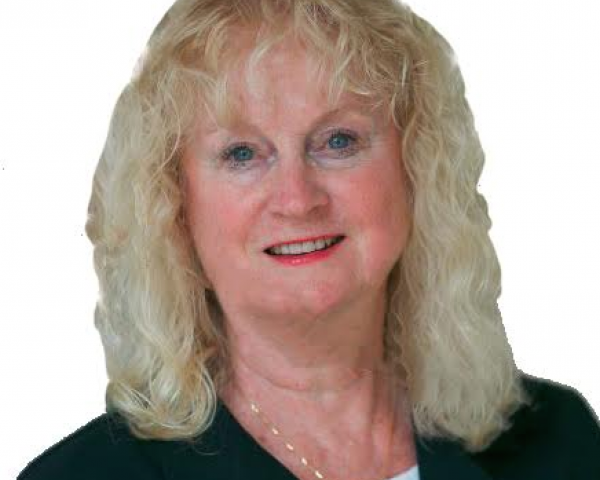Life and annuity insurers aren't finding a bowl of cherries these days, and only 19% say they're doing the hard analytical work to improve.
In 1931, Ethel Merman sang a song titled “Life Is Just a Bowl of Cherries.” The phrase “life is a bowl of cherries” carried on – meaning that life is carefree. The life and annuity industry certainly can’t adopt this phrase because generating profit and growth has been significantly challenging since the 2007-2008 financial services crisis. Given that the low interest rate condition the economy currently lingers in isn’t going to dramatically change anytime soon, L&A insurers need to determine how to improve financial outcomes in other ways.
According to LIMRA, there is a $16 trillion coverage gap in the U.S. In the language of the song title – that’s a lot of cherries! And an amazing opportunity for L&A insurers who are willing to change the way they approach the market. The recent SMA
L&A data and analytics survey revealed several important insights relative to this significant coverage gap.
See also: 10 Trends on Big Data, Advanced Analytics
Financially protecting loved ones in the case of the death of a bread-winner isn’t a brand-new concept. In fact, it’s a fairly fundamental concept going back to original native tribes who had a structure for that. Yet, the identified coverage gap remains today. L&A insurers need to gain insight into those without life insurance coverage. What will trigger buying? What is important about products and services? How do they want to buy? The questions go on. However, only 38% L&A insurers indicate they are advanced users of dashboards and scorecards – which have been around a long time. Without modern dashboard technology that facilitates interaction with data, line of business experts cannot learn about the untapped and sometimes unknown opportunities.
Closely aligned to the dashboard gap is the gap around predictive analytics. Only 19% of responders indicate they were advanced users of predictive analytics and models. These are critical areas for L&A insurers to dedicate time, skills, and financial resources to – if they want to convert a portion of the $16 trillion coverage gap.
Overall, SMA research reveals that all insurers, both P&C and L&A, continue to invest in things they already do well. Investment in data and analytics for risk-based activities such as reserving, pricing, and product portfolio analysis has been high (between 70% and 76%) and are historically the top areas. Clearly, no one should stop investing in risk analysis as these activities are critical. However, customer-related data and analytics investment is very low. Customer segmentation and single view of the customer only garner 52% investing, and the investment percentages go as low as 29% for lifetime customer value. Even CRM only gets 48% investing. There is a clear imbalance.
See also: Why to Refocus on Data and Analytics
While there are many other insights emanating from SMA’s
L&A data and analytics research, the story around customer areas and the lack of proportional focus by life insurers is very important. Simply hoping that investments in advertising and websites will result in new customers from that previously uninsured $16 trillion is not a winning strategy. L&A insurers must know what is important to the uninsured population of the U.S. And there won’t be one right answer – there will be multiple right answers. Data and analytics investment for customer insights must increase. While there is a very low probability that a winning insurer in the L&A space is going to be playing Ethel Merman songs in their lobby, it won’t be an awful thing if insurers feel like there is a growing bowl of cherries in their corporate halls.


